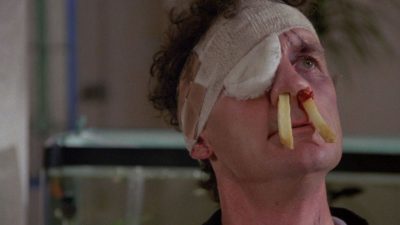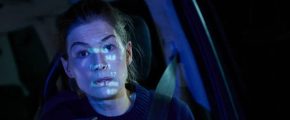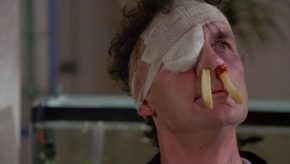Jazz is known for its spontaneous and creative essence, but have you ever wondered what happens in a jazz musician’s brain during improvisation? A recent study conducted by Johns Hopkins and government scientists aimed to shed light on the creative process of jazz improvisation and how it relates to the brain. The study used functional magnetic resonance imaging (fMRI) to view in real-time the brain functions of jazz pianists while they were improvising.
The study involved six trained jazz pianists and used a special keyboard designed specifically for the fMRI machine. The pianists participated in four exercises that separated out brain activity involved in playing simple memorized pieces and activity while improvising their music. The researchers then analyzed the brain scans and found that the dorsolateral prefrontal cortex, linked to self-censoring and planned actions, showed a slowdown in activity during improvisation. On the other hand, the medial prefrontal cortex, linked to self-expression and individuality, showed increased activity.
Saxophonist and assistant professor at the Johns Hopkins School of Medicine, Charles J. Limb, says that the study provides insight into the remarkable frame of mind that jazz musicians enter during spontaneous improvisation.
“What comes out is completely spontaneous,”
– he says.
The study concludes that jazz musicians create their unique improvisations by turning off inhibition and turning up creativity. This finding highlights the importance of creativity and self-expression in everyday life and supports the idea that individuals can turn off their inhibitions and tap into their creative potential.
n conclusion, this groundbreaking study sheds light on the complex and fascinating process of jazz improvisation and how it relates to the brain. It is a testament to the power of self-expression and creativity and serves as a reminder to embrace our individuality and unleash our inner musical genius.
Nóra Fehér

























Comments